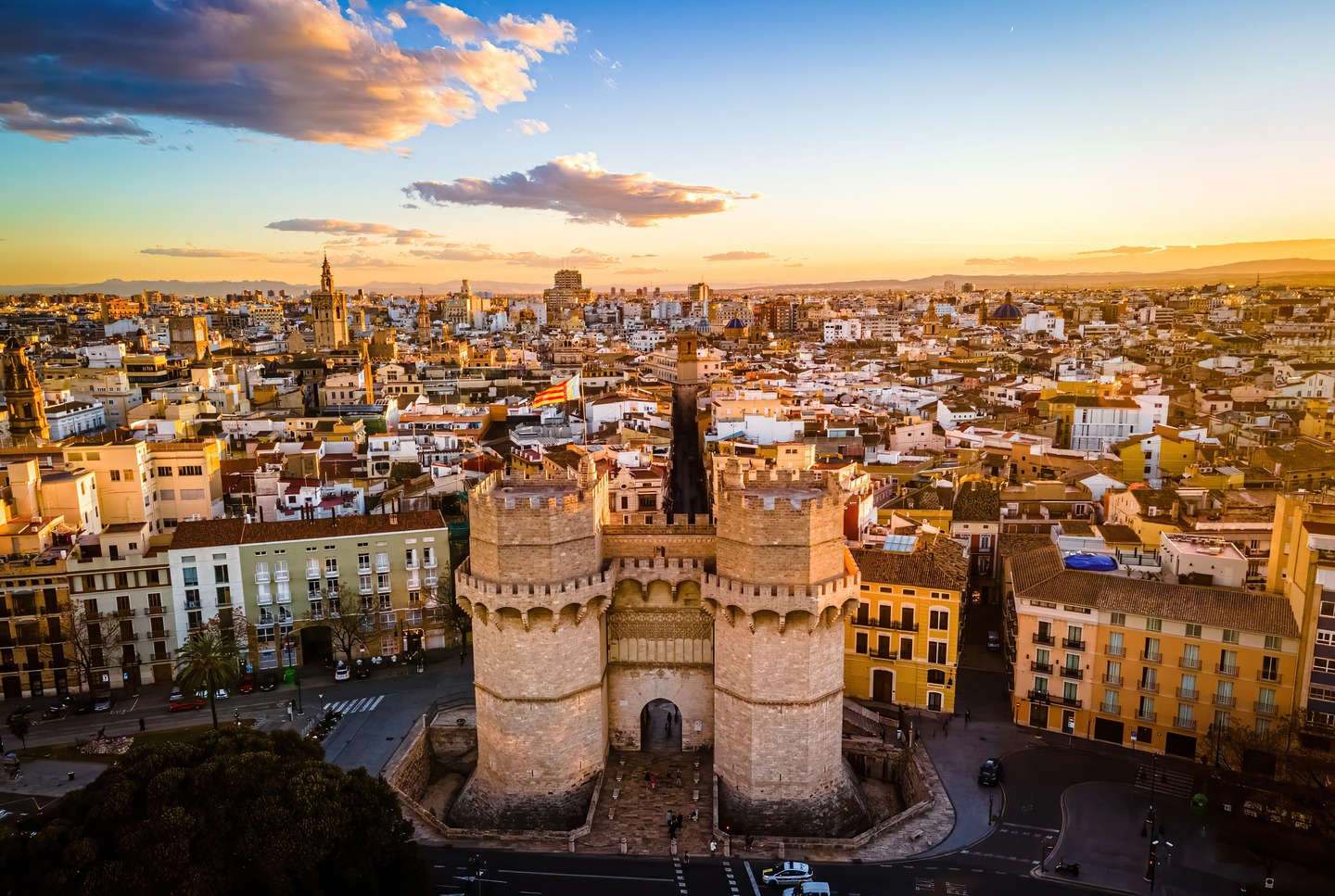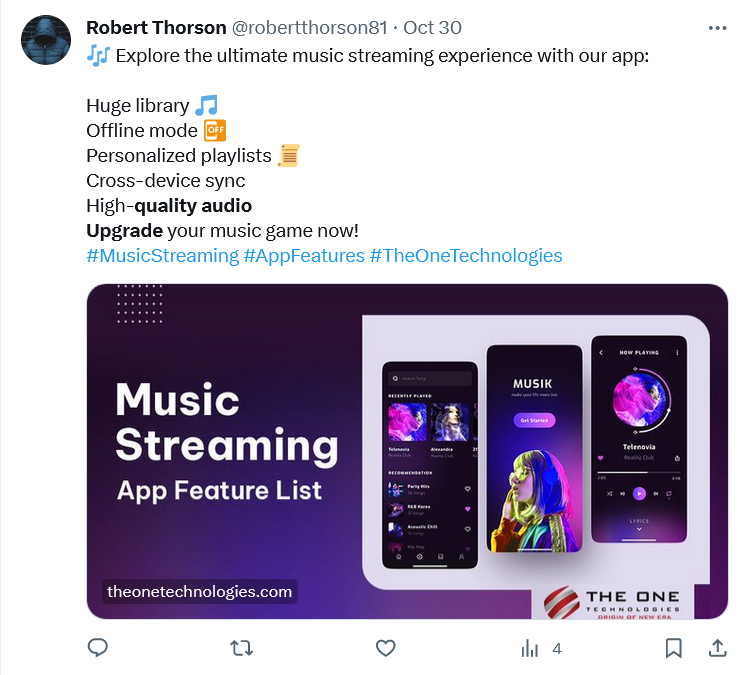The hidden impact of streaming on environmental sustainability

• Environmental sustainability is a core consideration for many businesses in the 2020s.
• But the environmental costs of audio and video are rarely counted in the equation.
• Audio and video post-pandemic trends have a huge silent impact on environmental sustainability.
Environmental sustainability is one of the key issues of our age. In particular, it’s an issue because of our ever-growing need for data centers, than which in their traditional form, a more potent, energy-sucking planet-killer it would be difficult to imagine.
We need more data centers for a whole range of reasons – our new, impetuous love affair with generative AI and machine learning is certainly a challenging drain on our resources, and one that demands more and better data center solutions.
But the post-pandemic world is different from the pre-pandemic version in a couple of other ways, too.
Firstly, the use of video conferencing to conduct essential trans-geographic business – and to keep distant familymembers connected – had been growing before the world ever learned of the existence of Covid-19.
Throughout the pandemic though, video conferencing technology came into its own, establishing a way that businesses could continue to function when proximity to other human beings was a strongly prohibited danger (except, as it turns out, in certain seats of power around the world).
And in the post-pandemic world, that ability to connect by video in several directions at once has allowed for the continued existence and increasing legitimacy of the remote and hybrid working models.
What is never especially considered is the impact of so much video and audio, being facilitated by connections and stored in data centers, on the overall picture of environmental sustainability.
READ NEXT

The end of the Zoom boom?
And in addition to that, we’re now in a world where (apart from hipsters, obsessives and retro-snobs with vinyl connections), possessing enormous archives of physical media, be it music or video, is seen as at best charmingly quaint, and at worst, horrifyingly outdated – as though you still ran your network computer architecture on floppy discs.
It’s OK, we’ll wait while you Google what those were.
But the point is that every Spotify playlist streamed, every “Alexa, play Bluegrass Metallica Covers Playlist,” every Netflix and actually Netflix, and every demand for instant aural gratification beamed or streamed from Somewhere Else Entirely has a significant cost in terms of the overall picture of environmental sustainability – which is rarely acknowledged, let alone counted.
A fuss over nothing?
So how much of an impact on environmental sustainability does audio and video have – and should we really care, when there are giant corporations doing what we presume are probably far worse things to the environment in the name of profit?
Number 1 – we should care about everything. If there’s a sector of industry sneaking by without feeling guilty about its part in the broiling of the planet, then we should absolutely shine a line on it, because to hell with them getting away with it while you’re washing out your tin cans and separating your recycling into however many different bags it is this week.
And number 2 – it might have much more of an impact than you imagine when you stream Beyonce’s latest, or watch hour after hour of Youtube streamed cat videos.
We spoke to Rob Reng, CTO of IRIS Audio, an AI audio startup which aims to deliver cleverly clearer audio in the likes of call center settings, without the current level of energy wastage.
Naturally, having a business model like that, Rob was going to tell us about the dangers of audio and video from an environmental sustainability vantage point.
But on the other hand, he did bring a bagful of sobering statistics with him…
The Spanish Inquisition – no one’s expecting this.
THQ:
OK, Rob – we’re connecting right now via video conferencing software. What’s the impact of that on CO2 levels and environmental sustainability? Should we all just turn off our cameras? Please say yes, it would be an introvert’s dream…
What’s the scale we’re talking about here?
RR:
How about the size of Spain? That big enough for you?
THQ:
Pretty chunky, admittedly, but give us context. We can’t just say “It costs as much as Spain!” and turn our cameras off.
RR:
Well, we sort of could. There was a project back in 2019, which of course was pre-pandemic peak, which assessed the cost in terms of environmental sustainability of global streaming at around the 300 million tons of CO2 mark.
Which is roughly on a par with the entire greenhouse emissions of Spain for a year.
Are you quite all right, you seem to be boggling a little?
THQ:
A Spainsworth. Per year. In 2019, before Covid really got its boots on and we revolutionized the work culture of the world.

Spain – which is, let’s remember, an innocent bystander in this eco-tastrophe.
RR:
Ah. Yes. It can hit people that way. But yes – we can’t shy away from the fact that every time we’re on a meeting like this, every time we’re streaming, every time we’re downloading anything, it’s having a significant effect. There are so many of us on this planet, and there are so many people streaming content. Imagine YouTube, Spotify, Alexa, Siri – they’re on all day for a lot of people. Burning carbon as they go.
THQ:
Well, on the grounds that we can’t, for instance, reciprocally just shut Spain down every second year or so as a kind of carbon offset, what do we do about it?
Talking in the dark like heathens.
RR:
Well, as you pointed out, you don’t necessarily always need to have video on your calls. Certainly, that’s what we do in the office: if you need to have your face on for one reason or another, then by all means, have it on. But a lot of the time, we just switch our cameras off and just have the voice component.

No, really – that meeting should have been an email…
When it comes to voice, we were looking specifically at an article in The New Statesman in 2021, which highlighted the streaming impact of Spotify alone. Olivia Rodriguez had the biggest hit of 2021 with Drivers License, which had 1.1 billion streams. And just that song on its own was equivalent to 4000 flights from London to New York.
THQ:
Bear with us a moment, we may be having an environmental panic attack.
RR:
That’s just one song. And there are obviously millions of songs being streamed at any one time, not just from Spotify, but from Apple Music, and Amazon and everybody else.
THQ:
We just did some research while having a panic attack. Turns out there are over 300 tracks on Spotify with over a billion streams. 300 Drivers Licenses. That’s… that’s 1,200,000 London-New York flights. Queen songs on their own have been streamed 17 billion times.
And that’s just on Spotify. And it’s not counting all those additional streams that haven’t hit the golden billion yet.

What price your favorite streams?
The impact on environmental sustainability.
RR:
Yyyyyeah. We’re very aware of this and the impact that audio was having. And not only that, but you have sites and services wanting to upgrade their audio, to add clarity and quality, and so upgrade the service they supply.
So if you go up to super HD, for instance, you’re multiplying the size of the file by up to 20 times. So there’s already a problem. And that’s going to make the problem even worse.
By a factor of 20.
THQ:
Well… that’s arresting.
RR:
So what we were interested in was using AI to process audio in real time. If we could train a network on what high quality audio looks like and what low quality audio looks like, and then in real time, upscale the audio from a low resolution to a high resolution at the endpoint, then you can transport and ship audio in low bandwidth –
THQ:
Which for our purposes means lower impact on environmental sustainability?
RR:
Yes, so you could send it low, but actually as a recipient, you’d hear it as if it’d been transmitted in Hi Fi.

Raise the quality, raise the environmental damage?
A novel solution.
THQ:
Let’s just make sure we have this right. So the noise is sent in low quality, be it voice in a call center or the 1.2 billionth download of Drivers License, but there’s AI post-processing at the receiver’s end, which boosts it to high quality in situ, and so doesn’t waste the energy of streaming high quality audio, but also doesn’t punish the would-be stream queens with low quality results?
RR:
That’s the idea, yes. We began about nine months ago, and we’re just beginning to see it come to fruition. We’ve started with voice products, and we’ll move onto music once we’ve got the voice products embedded.
But yes, we’re seeing good results from the voice products already.
The green credentials of streaming could be more complicated than you think.
In Part 2 of this article, we’ll find out exactly how this mystic audio sorcery works – and how businesses could use it to both increase the quality of their audio and take steps towards burning less planet per quarter in carbon costs.
In the meantime, if you need us, we’ll be on an entirely gratuitous flight to New York.









